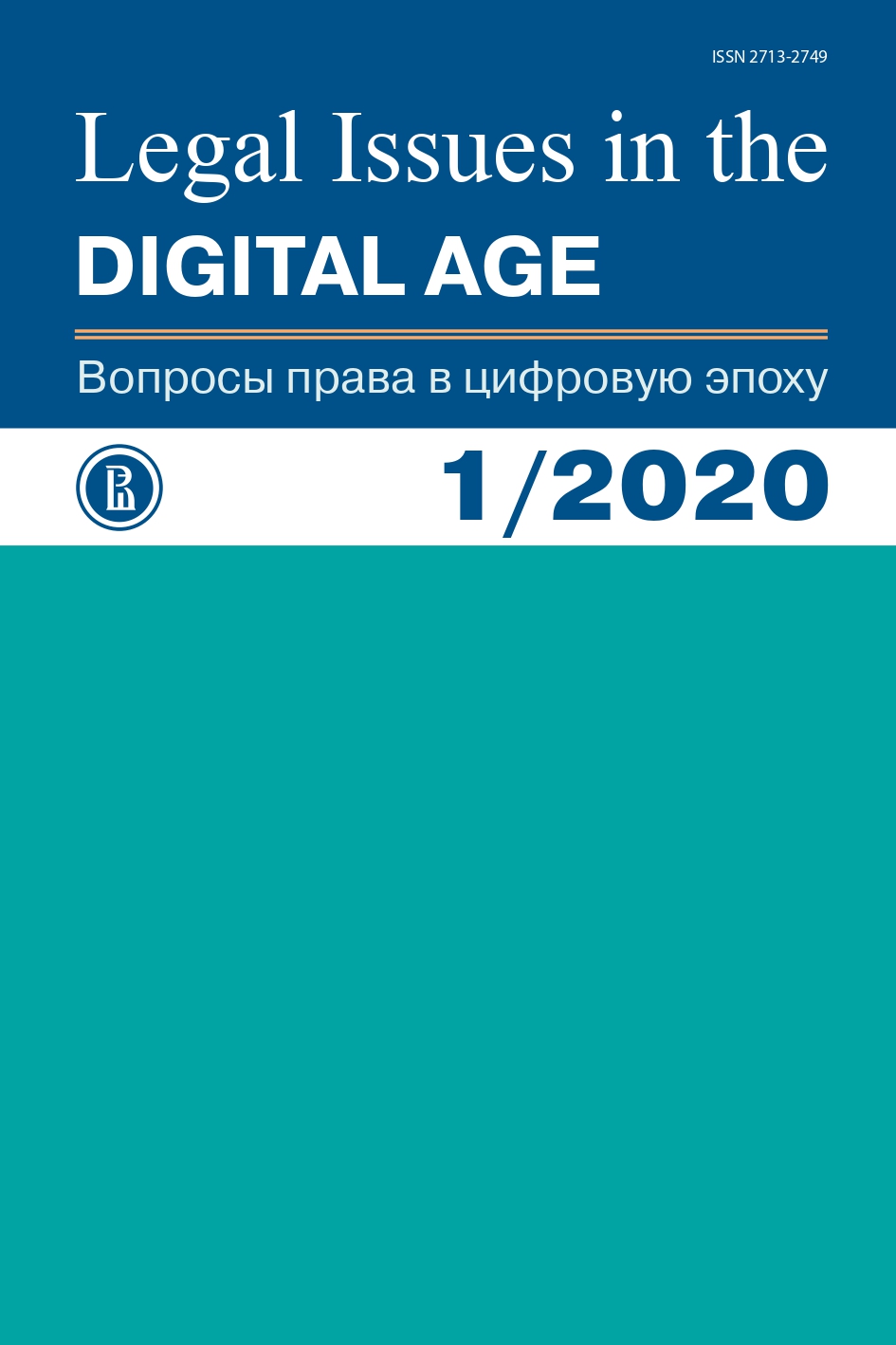Digital State, Digital Citizen: Making Fair and Effective Rules for a Digital World
Abstract
The world is connected — governments, business and people are increasingly living and working in a globally connected digital space. People no longer identify themselves as belonging to spatial communities (neighborhood, town, city or country) but by subscribing to digital ecosystems like Apple or Android, Facebook or VKontakte, etc. Governments use digital platforms at the local, regional and national levels to administer certain powers and procedures (even electoral campaigns) and to get feedback from their citizens. As citizens become digital citizens — connected to a wide range of internet resources including electronic government, banking, local management systems, as well as to social media and global internet companies such as Google and Yandex — they simultaneously become subject to rights, rules, laws, and regulations locally and globally. But what are those rights and rules and what do they entail? Who has the responsibility of ensuring that all citizens have equal access to them and are protected from exploitation? What governs the way that global and local digital businesses operate? The article discusses the exercise and protection of rights in online and offline ecosystems in Russia with special attention given to enabling participation by citizens and to multiple stakeholders online and offline. The recommendations and conclusions here may be applicable to all countries experiencing digital transformation.
References
Acemoglu D. & Robinson J. (2012) Why Nations Fail: The Origins of Power, Prosperity, and Poverty. L.: Crown Business, 546 p.
Backer L. (2007) Economic Globalization and the Rise of Efficient Systems of Global Private Lawmaking: Wal-Mart as Global Legislator, University of Connecticut Law Review, no 4, pp. 1–41.
Brownlie I. (1979) Principles of Public International Law. Oxford: Clarendon Press, 732 p.
Editors (1984) Extraterritorial Application of United States Law: The Case of Export Controls. University of Pennsylvania Law Review, vol. 132, pp. 355–390.
Froomkin M. (2000) The Death of Privacy? Stanford Law Review, vol. 52, pp. 1461–1543.
Holtzman D. (2006) Privacy Lost: How Technology is Endangering Your Privacy. N.Y.: Jossey Bass, 352 p.
Johns F. (1994) The Invisibility of the Transnational Corporation: An Analysis of International Law and Legal Theory. Melbourne University Law Review, vol. 19, pp. 893–923.
Mamasahlisi N.M. (2018) Citizenship as an Element of the Constitutional Status of the Individual in Russia. Candidate of Juridical Sciences Thesis. Moscow, 214 p.
May C. (ed.) (2006) Global Corporate Power. New Delhi: Viva Books, pp. 1–20.
Osborne S. (2006) The New Public Governance? Public Management Review, no 3, pp. 377–388.
Prokhorov A., Konik L. (2019) Digital transformation. Analysis, trends, world practices. Moscow: Alyans Print, 368 p.
Ruggie J. (2018) Multinationals as global institution: Power, authority and relative autonomy. Regulation & Governance, vol. 12, pp. 317–333.
Straw W. & Glennie A. (2012) The third wave of globalization. Report of the IPPR review. Available at: https://www.ippr.org/files/images/media/files/publica-tion/2012/01/third-wave-globalisation_Jan2012_8551.pdf.
Todorova M.N. (1997) Imagining the Balkans. Oxford University Press, 257 p.
Warren S. & Brandeis L. (1890) The Right to Privacy. Harvard Law Review, vol. 4, pp. 193–220.
World Bank (2016) World development report 2016: digital dividends overview. Washington: World bank, 105 p.
Authors who publish with this journal agree to the Licensing, Copyright, Open Access and Repository Policy.










